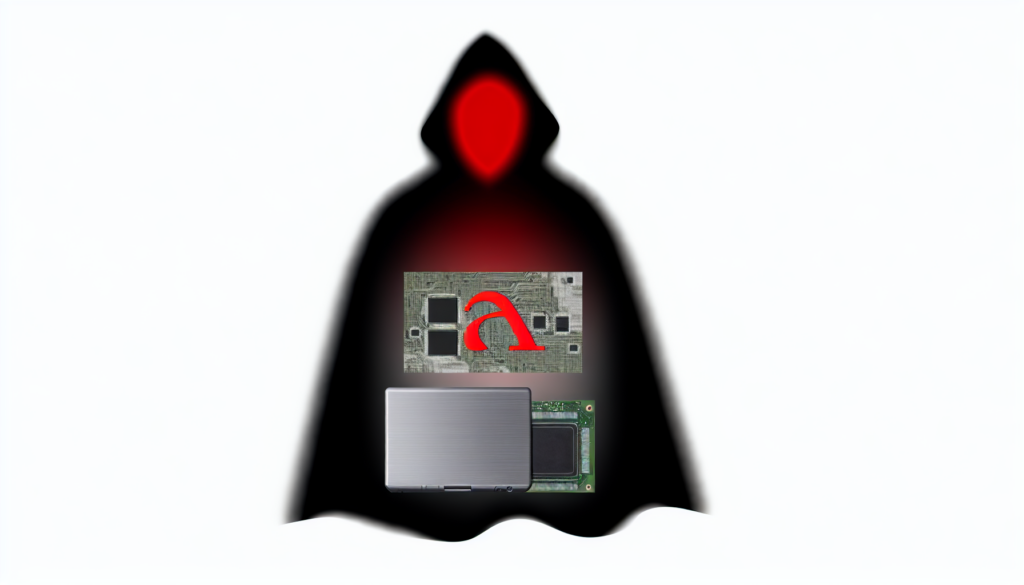Threat Overview
Researchers at ESET have uncovered a critical vulnerability in the Universal Extended Firmware Interface (UEFI) Secure Boot system that could allow attackers to bypass security measures on most systems worldwide. The threat report, published on January 16th, 2025, details the discovery of CVE-2024-7344.
Vulnerability Overview
The UEFI Secure Boot system is designed to ensure that firmware and subsequent software are authenticated before they’re allowed control over a computer’s critical processes. However, ESET discovered a vulnerability that allows attackers to bypass these security measures.
Confidence Level and Reliability
The report has a high confidence level of 100 and is considered completely reliable (Reliability: A). Furthermore, the revocation status is false, indicating no issues with the report’s validity or credibility.
External References
Recommendations
In light of this discovery, the following recommendations are made to improve security posture:
* System Updates: Ensure that all systems are running the latest software and firmware updates to mitigate potential vulnerabilities.
* Whitelisting: Implement whitelisting solutions to ensure only trusted software can run during boot-up.
* Regular Vulnerability Assessments: Conduct regular assessments of your UEFI Secure Boot implementations to identify any potential weaknesses or misconfigurations.
* Heightened Awareness: Increase awareness of this threat among IT staff and educate them on how to spot and respond to suspicious activities.


